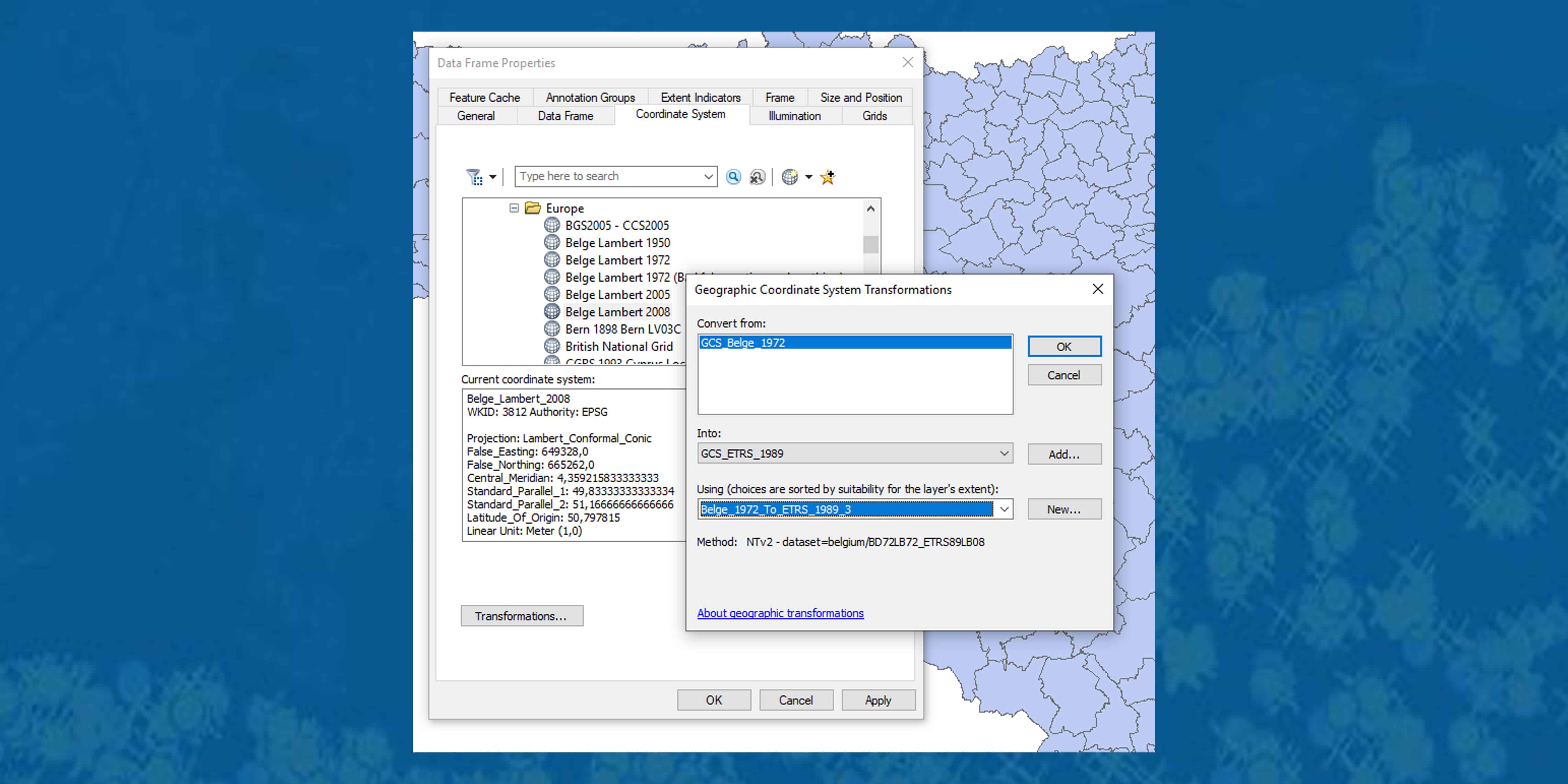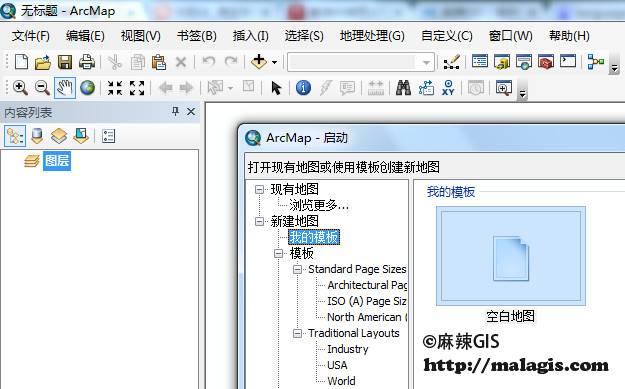
When exporting to KMZ the user should not need to open the Edit Properties window before trying to export. If you go through the steps to make sure it does not crash, but do not save, if you open the same project again, the crash will occur.

TITLE CASE ARCGIS 10.3 PRO
I observed that this behavior relates to the "lifespan" of an ArcGIS Pro project.
TITLE CASE ARCGIS 10.3 LICENSE
The Standard license is the editor, which allows you. You can, in fact, do simple editing with the Basic license, but it is very limited.
TITLE CASE ARCGIS 10.3 INSTALL
Install ArcGIS Pro 2.3 + Military Tools 3.3.1 When you open a new project if you do not first open the Edit Properties window before exporting to KMZ, the KMZ you intend to export will not be created in the destination, and if you click the Edit Properties button after the export, ArcGIS Pro will crash. For example, you might use the bold formatting tag to make the first line bold in a stacked, multiline label.A crash has been found by involving exporting to KMZ and the Edit Properties button. These are special characters for changing the appearance of all or part of your labels. You can also use label expressions to adjust the formatting of your labels using ArcGIS Pro formatting tags. For example, you could produce labels that have only the first letter of each word capitalized, regardless of how the text strings are stored in the attribute fields. Using an advanced label expression, you can add any Arcade, Python, VBScript, or JScript logic to your label expressions, including conditional logic and looping.

For example, you can show precipitation values with italicized, blue text and wind speed values in regular, black text as shown in the following image: Label expressions Using text formatting tags, you can specify different text display properties for different portions of your label text. You can further control how text appears on the map using ArcGIS Pro text formatting tags. Both of these examples are shown in the following image: For instance, you could insert a function to make precipitation values appear on one line of text and wind speed values appear on a second line. You can also use Arcade, Python, VBScript, or JScript in your label expression to change how the text is displayed.

For example, on your weather map, you could add abbreviated measurement units to each label (for example, in for inches and MPH for miles per hour). You can insert your own text in the label expression to have it appear with your labels on the map. Learn more about creating label expressions Each label class has its own label expression. Whether your labels are based on one attribute field or many fields, the statement that determines your label text is called the label expression. For example, you might label your weather stations with both daily precipitation and maximum wind speed. You can add attribute fields to your labels.

If no field with that text in its name exists, it defaults to the first field of string type, then the first field of integer type, then the first field of any type. This label field defaults to the first field of string type that contains the text Name in its name (case insensitive).


 0 kommentar(er)
0 kommentar(er)
